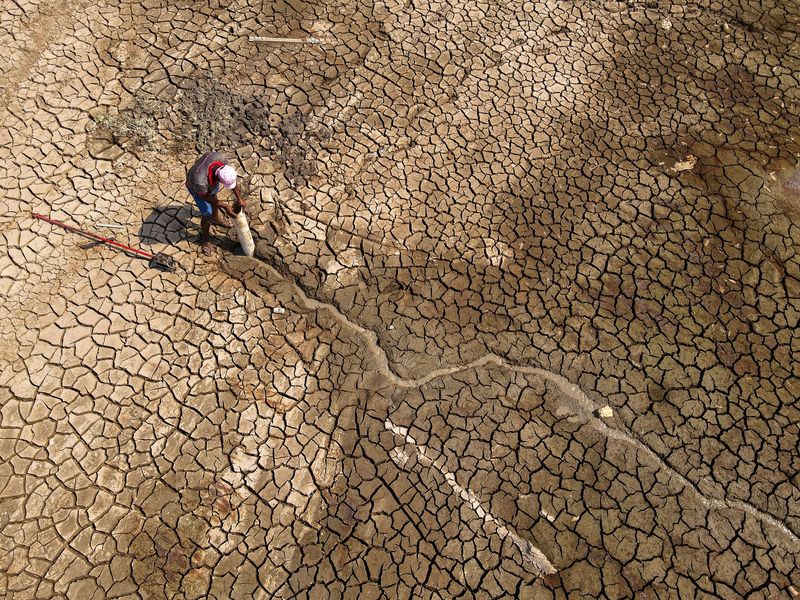By David Stanway
SINGAPORE (Reuters) – National pledges to cut greenhouse gas emissions still fall far short of what is needed to limit catastrophic global warming, the United Nations said on Monday as countries prepare for the next round of negotiations on climate change in November.
The ‘nationally determined contributions’ (NDCs) that countries have already submitted to the UN are enough to reduce global emissions by 2.6% between 2019 and 2030, compared to 2% last year, according to the United Nations Framework Convention on Climate Change (UNFCCC). its annual review.
But they are far from sufficient to achieve the 43% reduction that scientists say is needed to stay within reach of the Paris Climate Agreement’s target of limiting global temperature rise to 1.5 degrees Celsius (2.7 Fahrenheit ), the report warned.
As part of their Paris commitments, countries must deliver new and stronger NDCs by a deadline in February next year, and the report’s findings should mark a “watershed moment”, said Simon Stiell, secretary general of the UNFCCC.
“Current national climate plans fall miles short of what is needed to prevent global warming from crippling every economy and destroying billions of lives and livelihoods in every country,” he said.
“The last generation of NDCs set the signal for unstoppable change,” says Stiell. “New NDCs must set a clear path to achieve this next year.”
Convincing countries to make and implement more ambitious pledges could depend on the success of the COP29 climate talks that start in two weeks in the Azerbaijani capital Baku.
Nearly 200 countries will unveil details of a new global emissions trading system, as well as a hefty $100 billion annual financial package to help developing countries meet their climate goals.
“What we see is that in some cases (the NDC process) can be used as a negotiating mechanism – more money for more ambition,” said Pablo Vieira, global director of the NDC Partnership, a non-governmental group that helps about 60 countries establish updated commitments.
“They also want to ensure that the new NDCs are investable, that they have the necessary elements that will attract not only public financing but also private financing,” he said.
ATMOSPHERIC CO2 ON NEW RECORD
In a separate report, the U.N. weather monitoring body said Monday that greenhouse gases have been accumulating in the atmosphere “faster than ever before during human existence” over the past two decades.
Carbon dioxide concentrations reached a new high of 420 parts per million (ppm) last year, up 2.3 ppm from a year earlier, and have risen 11.4% in just two decades, the World Meteorological Organization said (WMO) in its annual fund. gas bulletin.
There are already signs that rising temperatures are causing dangerous ‘feedbacks’ that will further increase concentrations of greenhouse gases in the atmosphere, the report warned.
Last year’s increase in CO2 concentrations, the second-largest annual increase in the past decade, could have been caused by a wave of wildfires, with the carbon released during Canada’s worst-ever wildfire season increasing annual emissions surpasses most major countries.
CO2 concentrations are now 51% higher than pre-industrial levels, while methane – another potent greenhouse gas – is 165% higher than in 1750, the WMO said.

“This should set alarm bells ringing among decision makers,” said WMO Secretary General Celeste Saulo.
“These are more than just statistics. Every part per million and every fraction of a degree increase in temperature has a real impact on our lives and our planet.”


